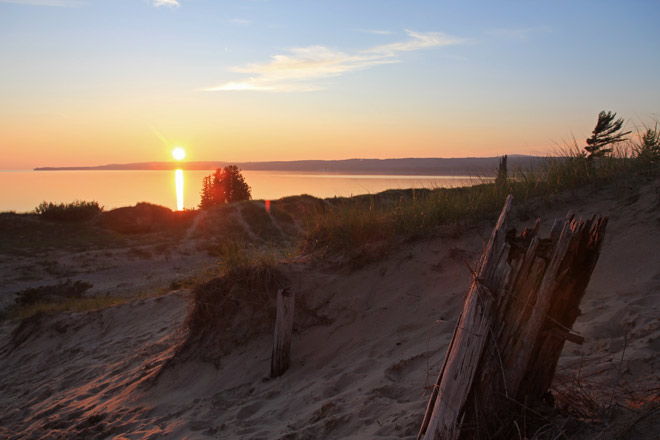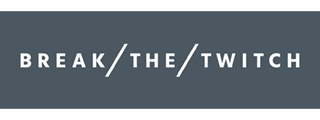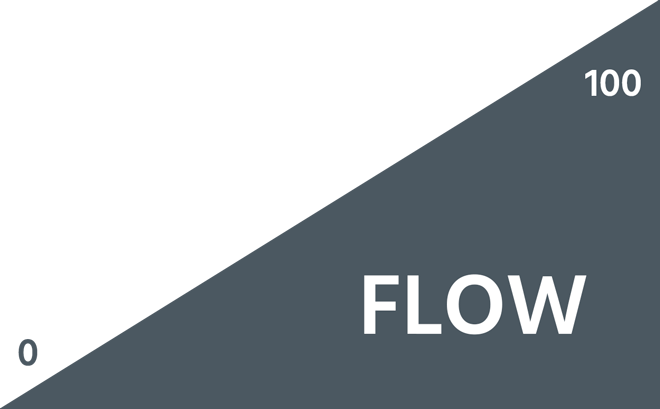
Often we discuss minimalism as a philosophy relating to the physical world, but that’s just one of the areas the concepts of minimalism can be applied.
In a broad sense, eliminating as much clutter as possible makes our lives better in many ways. With less clutter, we have less to organize and less to clean. Ideally we find ourselves spending time only with the things that we truly value. By eliminating the rest, we have more time to appreciate and fully utilize those things as well.
When applied to relationships, minimalism refers to toxic ones as clutter that must be removed as well. Relationships with people who are chronically negative, unsupportive or abusive distract us and from reaching our potential. It is often said that we become the average of the five closest people around us, and I find it to be true.
As a general philosophy, these concepts can be applied to almost every area of life. From preventing the over-scheduling of our time, to embracing a simple life without needless physical things cluttering our homes.
Where I’ve found minimalism to be particularly relevant and helpful is during the creative flow process.
Our lives are filled with constant input, distraction and interruption.
Advertisements are everywhere. Often a television is turned on in the background or a radio is playing as we go about our day. We’re often overwhelmed with information overload between all of our activities.
Technically, reading this post is an input for you. In fact, it is more than likely that you will be interrupted by another input while reading this input. It may be a text message, a phone call, a knock at the door, or a partner asking what time that dentist appointment is (for the second time).
That is how deeply our lives are controlled by inputs. Sometimes inputs can come from within our own brains as a distracting thought (“Ooo! I should tweet that”) or an idea of something we need to do later in the day.
While seeking inspirational input can be a critical step to coming up with creative output, to achieve creative flow, the input must stop.
I was introduced to the concept of creative flow in February of 2014 at an event held by Kyle Cease. It was an idea so significant to me that over a year and a half later I had it tattooed on my forearm.
From Wikipedia:
In positive psychology, ‘flow’, also known as ‘the zone’, is the mental state of operation in which a person performing an activity is fully immersed in a feeling of energized focus, full involvement, and enjoyment in the process of the activity.
Flow is the holy grail of creation, allowing us to effortlessly work on difficult tasks while in a clear, focused mental state.
Our sense of time becomes warped, often losing track of it completely. It sounds great, right? There’s just one problem: a natural flow-state can be quite difficult to achieve on demand, without creating the best environment for it.
Here’s why that’s the case:
As we sit down to work, we all start from the left side of the diagram at ‘zero’. When we allow ourselves to focus exclusively on our desired task (especially when it comes to creative work), we start moving towards the right side of the diagram. Our flow state increases as we dive deeper into the work and at a certain point we’ll be at a peak that maintains for the duration.
The problem is that when we lose initial traction, we go back to zero and begin up the ramp again.
Imagine rolling a giant boulder up a hill and becoming distracted by a smaller rock on the way up, reaching for it, and letting go of the boulder to roll all the way down to the bottom.
While we will see some benefits from the first moments of focus, we don’t reach a peak flow state until the boulder reaches the top of the hill.
Once we are there, it becomes easier to hold creative flow in place.
The question is, how can we more efficiently get into creative flow and do our best work? By removing potential distractions using the same philosophy that we use to declutter our homes, of course. In this case, it is on a micro scale where we need to remove and prevent these distractions from happening so we can reach the flow state without interruption.
As we begin our tasks, there are a few things that we can do to help increase the odds of entering creative flow. Here’s how I do it:
1 / Silence phones and alarms
It’s important to do what you can to avoid being interrupted during the initial ramp up work period. If there are others in the house, it’s best to let them know you’ll be working on something important for a while and to only interrupt for emergencies. If working on a computer, close all browser tabs that aren’t related to your task. I’ve made a list of 10 helpful Chrome browser extensions that can help with this.
2 / Have a notepad and pen close by
When we begin to remove external inputs, our mind begins to generate thoughts and ideas. All of a sudden, you’ll be remembering that the laundry is still in the washer and needs to move over to the dryer. When you think of it, you’ll have an urge to go do it right then.
Do not do this.
Write it on the piece of paper and immediately get back to your work. I recommend paper and pen as even switching tabs or applications on the computer can lead to an endless chain of derailment.
3 / Prepare what’s needed
Have a glass of water nearby, make sure to eat and have all the tools you might need to do the task at hand. Again, the less that you have to get up or change tasks, the better.
It is good to take breaks to stretch and move around while working for long hours but the goal here is to enter a creative flow state as quickly as possible. Sometimes it’s difficult to know all you’ll need, but do what you can to prepare.
For more ideas on intentional living and minimalism, you’ll find actionable and practical strategies in my latest book Break the Twitch.
4 / Set the intention
Have a clear vision for what you are looking to do. Whether painting, writing or solving a complex mathematical problem, not having a clear goal allows distractions to creep their way into your time. Have a good sense of what you intend to do and you’ll be able to more clearly separate the distractions from the important.
I find it incredibly helpful to spend five or ten minutes meditating on the intention before getting started. Eyes closed, sitting quietly, the ideas will begin to flow and the calm will help reinforce the intention. This process helps take input removal to the next level.
5 / Headphones with noise
After speaking with a few people who share this preference I decided to include it. I’ve found that I tend to enter the flow state much quicker (and for longer periods of time) if I have headphones on with ambient or ‘chill’ music playing.
It can be very quiet and I tend to prefer music that doesn’t have distinguishable words (here’s an example on YouTube, here’s a great album as well). I also recommend free services like Noisli that will recreate the drone of a coffee shop, a fan blowing, or a thunderstorm. The headphone sounds will quickly fade away into the background as you do your work.
It may be distracting at first, but give it time. It serves as a way to provide a constant murmur, drowning out any distracting noises in the environment around you like car horns or people talking. I’ve heard that some people use noise-cancelling headphones as well, but I wouldn’t bother trying them unless you’ve already tried other solutions without success.
6 / Just start
Even though it is last on the list this is the most important.
If you don’t know what to write, just start typing random words. The beginning always feels uncomfortable, awkward and sometimes painful. You might not know where to start putting the paint on the canvas, but just make the first brush stroke and keep going.
As you push the boulder up the hill, flow will begin and focus will increase. When you reach it, the full effects will begin. The only way to reach flow is to simply start when you’re ready.
To wrap things up:
Take the time to put in the initial effort on a project and be rewarded with enhanced focus and energy to complete the task. It’s amazing how effortless various forms of work can seem when you reach the flow state.
If this list article about creative flow was helpful to you, I send out a monthly email with inspiration and more to help us all continue growing. It’s completely free and I promise you will not receive spam from me – just a once per month newsletter.

